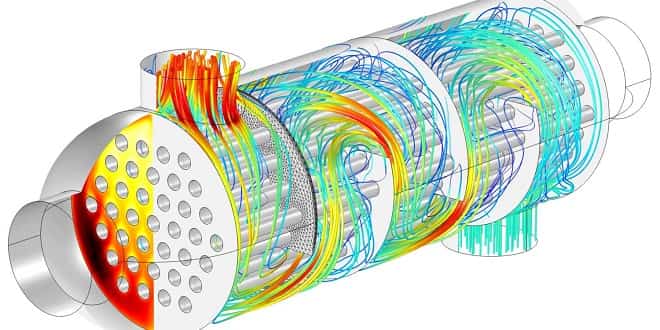Cream Seperation and Homogenization ( Aysun ER )
CONTENT
1. Title page
2. Abstract
3. Content
4. Introduction
5. Butter production
6. Material and method
7. Procedure
8. Result and Calculation
9. Discussion
ABSTRACT
Milk and cream are examples of fat-in-water (or oil-in-water) emulsions. The milk fat exists as small globules or droplets dispersed in the milk. Milk fat consists of triglycerides (the dominating components), di- and monoglycerides, fatty acids, sterols, carotenoids (the yellow colour of the fat), vitamins (A, D, E, and K), and all the others, trace elements, are minor components. The rate of rise follows Stokes’ Law, but the small size of the fat globules makes creaming a slow process. Cream separation can however be accelerated by aggregation of fat globules under the influence of a protein called agglutinin. These aggregates rise much faster than individual fat globules. The aggregates are easily broken up by heating or mechanical treatment. Agglutinin is denaturated at time-temperature combinations such as 65°C/10 min or 75°C/2 min. Cream separation and homogenization techniques are important form milk industries that is because fat is a valuable component of milk so if milk contains much amount of fat,the milk is considered as good and quality milk.In this experiment we have analyzed the fat content of milk and we applied for cream separation technique by using cream separator and then we made butter by using a simple churn.Efficiency of separation process and fat in cream were determined.
…




